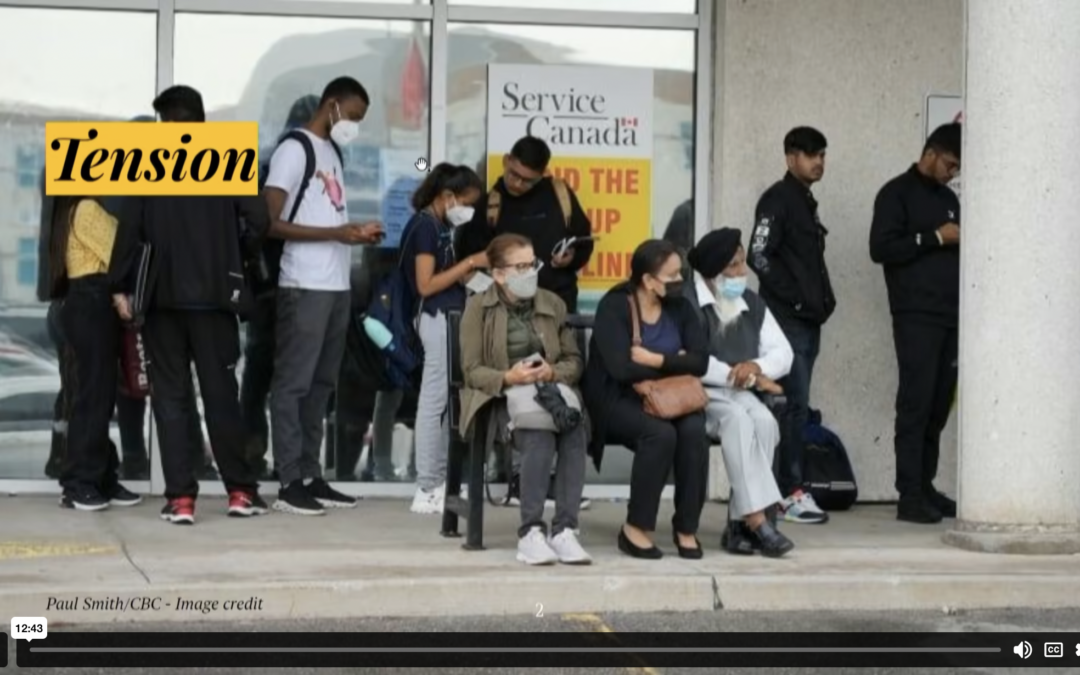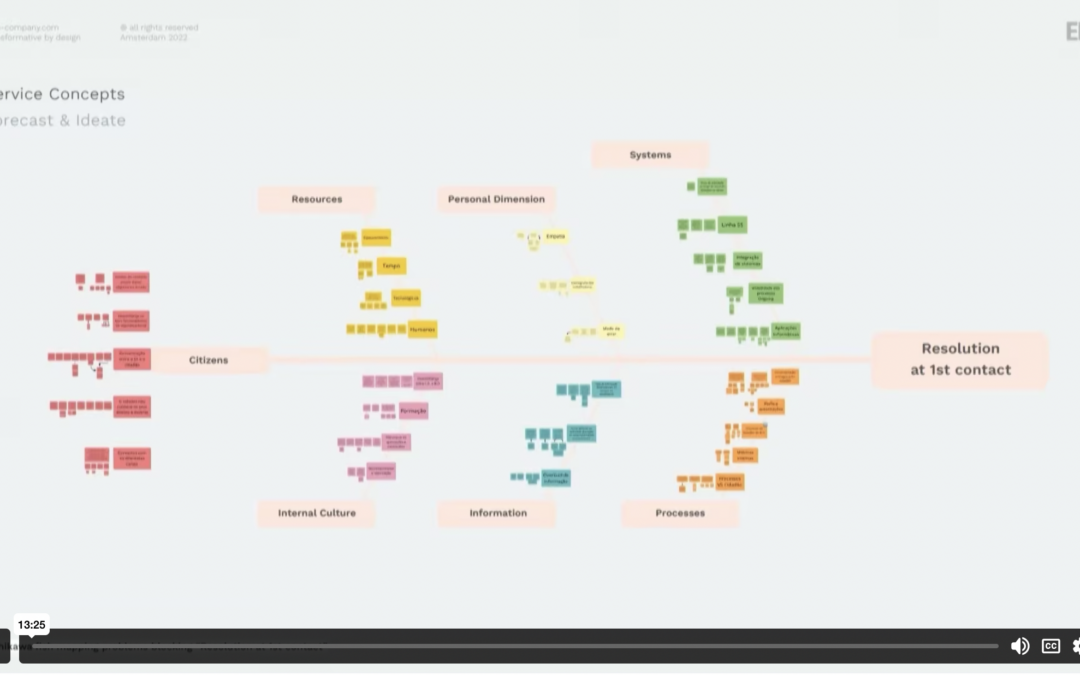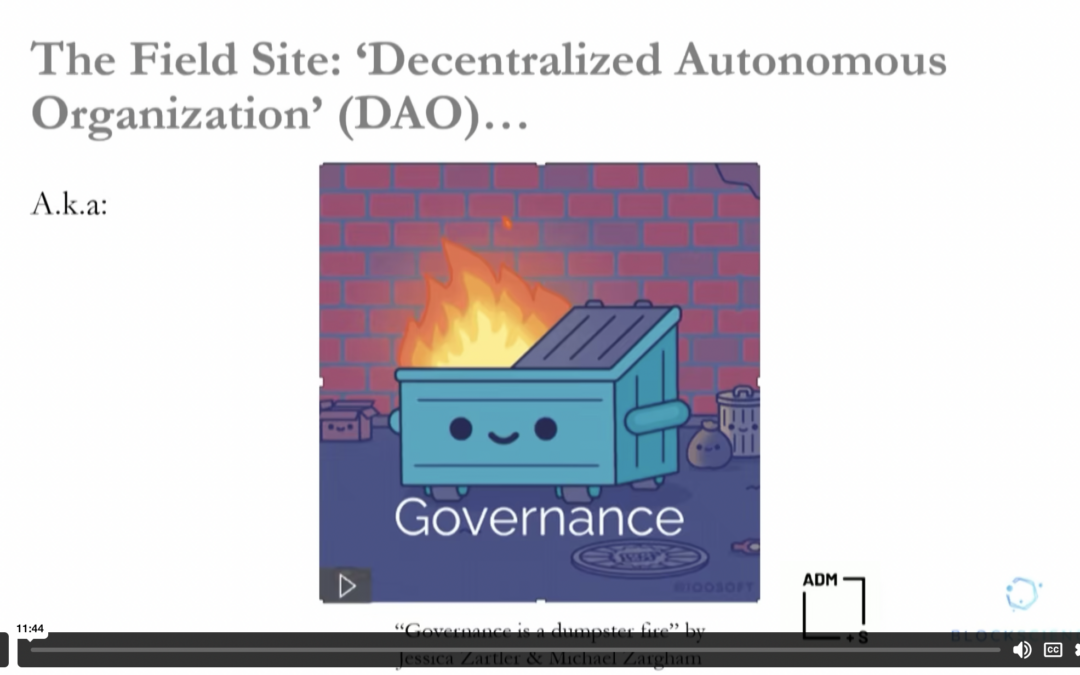Government websites and online services are often built with limited input from the people they serve. This approach limits their ability to respond to ever changing needs and contexts. This case study describes...


Government websites and online services are often built with limited input from the people they serve. This approach limits their ability to respond to ever changing needs and contexts. This case study describes...

Segurança Social (Portugal’s Social Security System) offers multiple service channels to the people. However, they were not perceived as a whole because the assistance was not standard, depending on the channel...

This paper details ethnographic methods, experiences, and insights from an ethnographer and an industry engaged complex systems engineer in how to study resilience in blockchain-based DAOs as a novel field site....